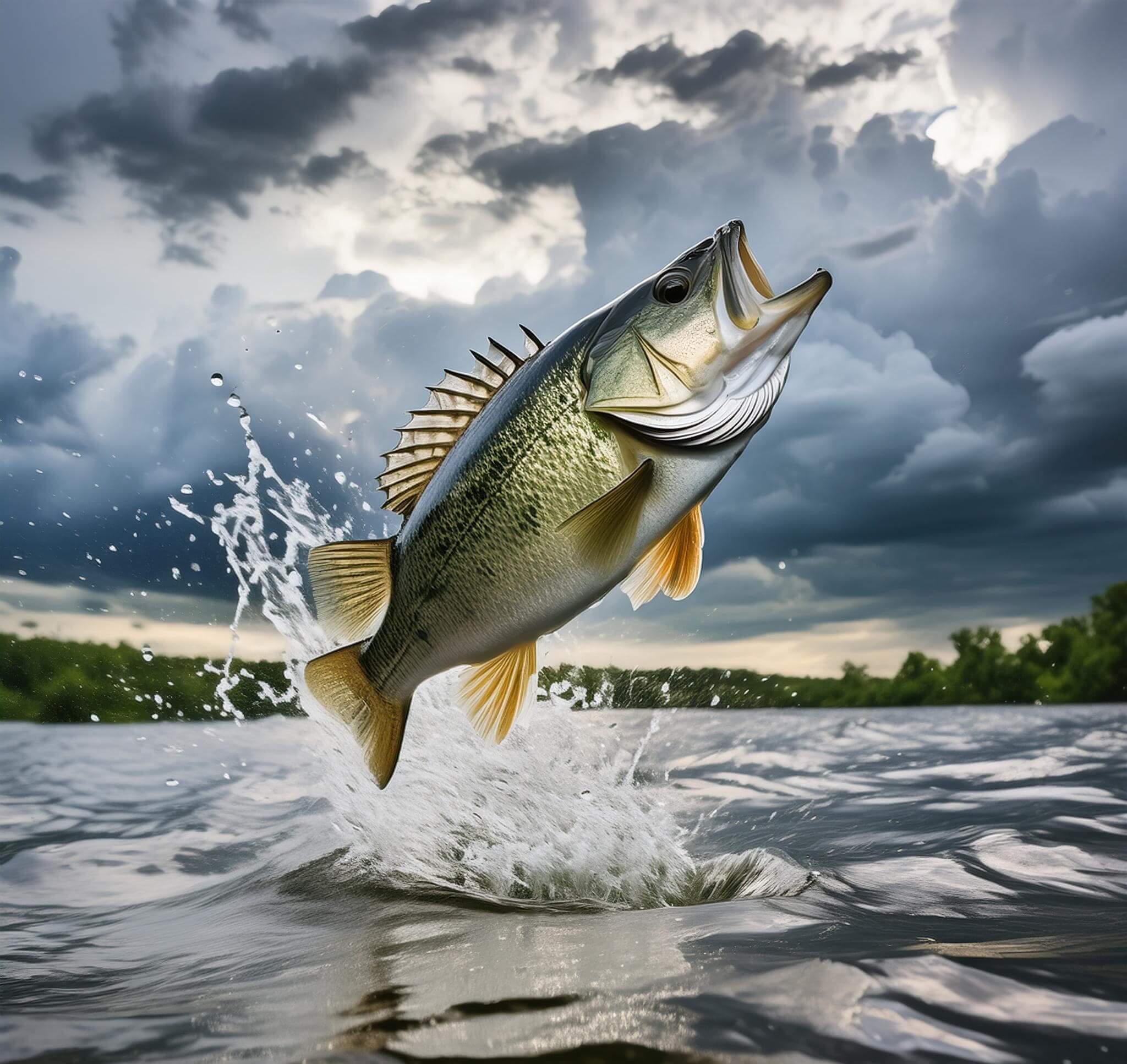Bass are one of the most sought-after game fish in North America, known for their aggressive strikes and thrilling fights. But beyond their angling fame, these fish have some pretty fascinating secrets lurking beneath the surface. Let’s dive in and explore ten lesser-known facts about bass that might surprise even the most seasoned angler.

Not a True Bass: Despite their name, largemouth and smallmouth bass are not actually members of the “true bass” family. They belong to the sunfish family, sharing closer kinship with bluegill and crappie.

Cannibalistic Tendencies: Bass aren’t picky eaters, and they’ll gladly snack on their own kind. It’s not uncommon for larger bass to cannibalize smaller individuals, especially in situations where food is scarce.

Weather Predictors: Anglers often say bass become more active before a storm. This is because changes in barometric pressure trigger feeding behaviors in bass, making them easier to catch.

Lateral Line Superpowers: Bass possess a lateral line system along their bodies that allows them to detect vibrations and changes in water pressure. This gives them a sixth sense for sensing prey and navigating their environment.

Nest Builders: Male bass take on the responsibility of building nests during spawning season. They’ll create shallow depressions in the lake or river bed to attract females and protect their eggs.

Live Long and Prosper: Bass can live surprisingly long lives. While the average lifespan is around 10-12 years, some individuals have been known to reach 20 years or more!

Sound Sensitive: Bass have excellent hearing and are sensitive to sound vibrations. This is why anglers often use noisy lures or make subtle sounds to trigger a reaction.

Mouthbrooding Dads: Some species of bass, like the peacock bass, are mouthbrooders. The male will guard and protect the eggs in his mouth until they hatch, sacrificing food intake for the sake of his offspring.
Changing Colors: Bass can change color depending on their mood, environment, and stress levels. This camouflage helps them ambush prey and avoid predators.
Bass Conservation Efforts: Many organizations and anglers are dedicated to protecting bass populations through catch-and-release practices, habitat restoration, and responsible fishing regulations.